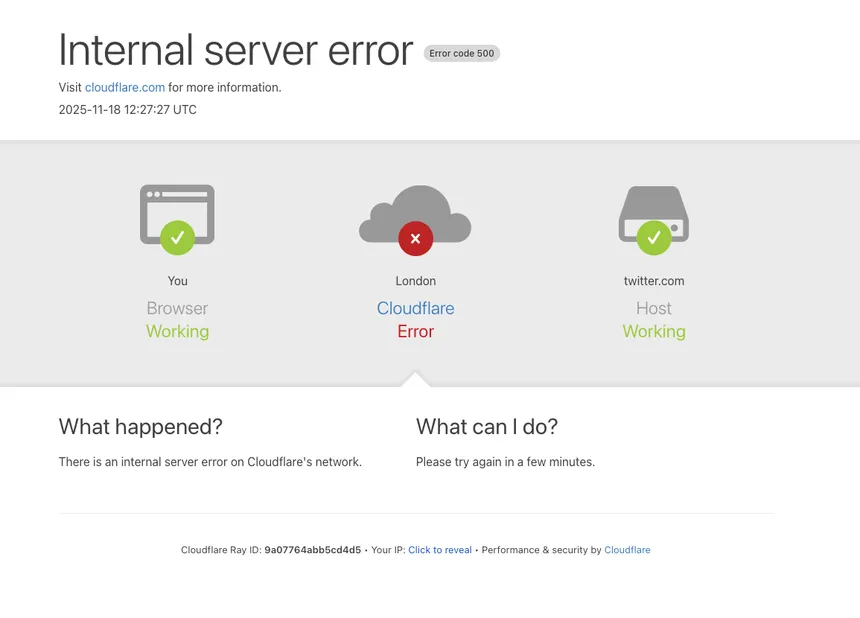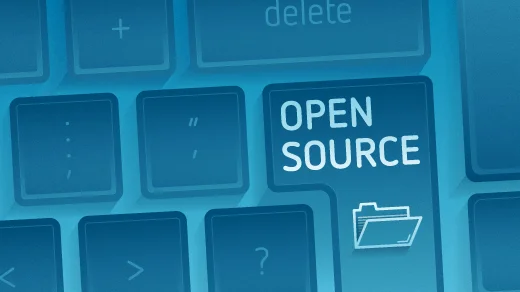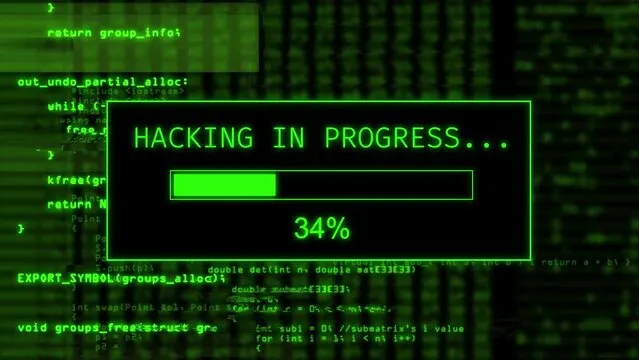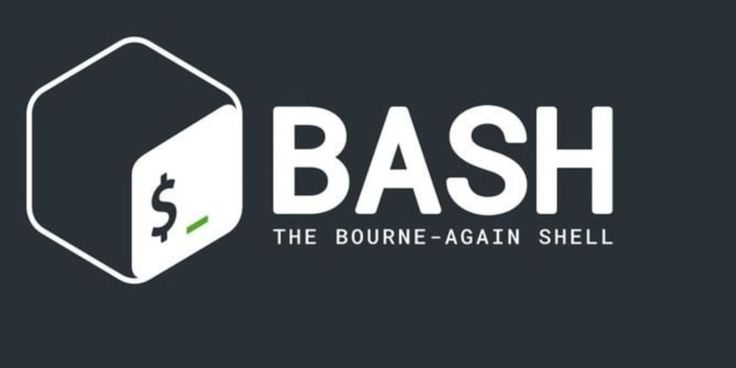
The Hidden Risk in Modern Tech: Why Centralizing Everything in One Provider Is a Security Calamity Waiting to Happen
Modern infrastructure looks powerful, but it’s increasingly fragile. When companies centralize everything under a single provider, a single outage can cascade across entire ecosystems — from authentication failures to global service blackouts. Using major AWS, Azure, and Cloudflare outages as evidence, this post breaks down why centralization is a hidden architectural risk and explains how to design systems that remain resilient even when your cloud provider collapses.











